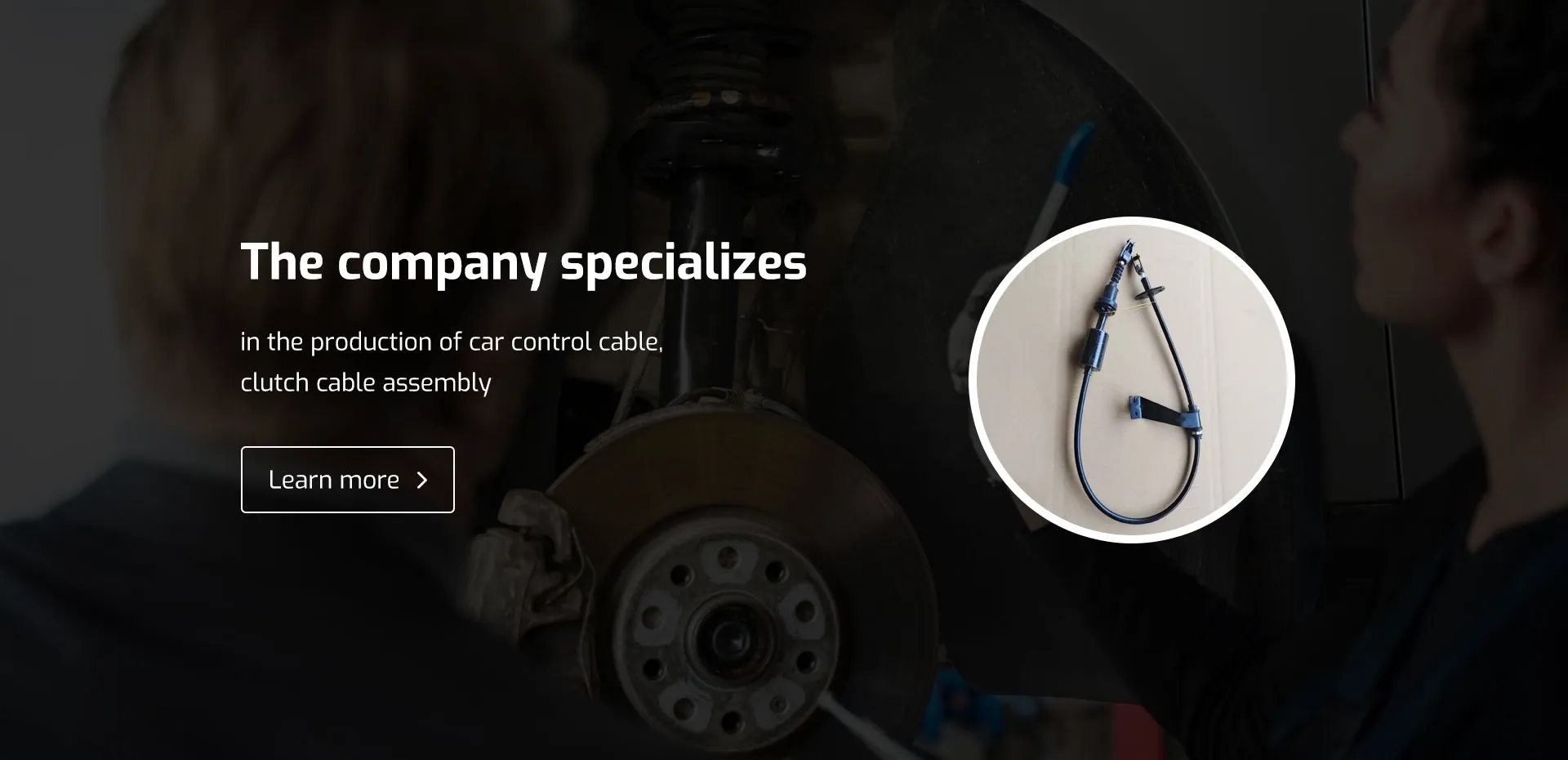Cable Throttle Pedal - Performance and Precision for Your Vehicle
Understanding the Cable Throttle Pedal Function and Benefits
The cable throttle pedal is an essential component in many vehicles, particularly those with older or simpler designs. Unlike modern electronic throttle systems, the cable throttle pedal operates using a direct mechanical link between the pedal and the engine’s throttle plate. This system, while seemingly straightforward, plays a crucial role in how a vehicle responds to the driver’s input.
At its core, the cable throttle pedal consists of a metal or synthetic cable that connects the accelerator pedal to the throttle body. When the driver presses the accelerator pedal, the cable pulls on a lever attached to the throttle body. This action opens the throttle plate, allowing air to flow into the engine, which in turn increases engine power and speed. The simplicity of this mechanical system is one of its primary advantages; it is less prone to technical issues compared to electronic systems, making it easier and cheaper to maintain.
One of the noteworthy benefits of the cable throttle system is its tactile feedback. Drivers often report a more organic and responsive feeling with a cable throttle pedal—there is a direct correlation between pedal position and engine response. This can enhance the driving experience, particularly for enthusiasts who prefer the connected feeling that traditional systems provide. In contrast, electronic throttle control (ETC), often referred to as drive-by-wire, can sometimes introduce a degree of delay or inconsistency, depending on how the vehicle’s onboard computer interprets the driver’s commands.
cable throttle pedal

However, the cable throttle pedal is not without its drawbacks. As vehicles have evolved, many manufacturers have shifted to electronic throttle systems that offer several advantages, including improved fuel efficiency and enhanced control over engine performance. ETC systems can integrate with various safety and performance-enhancing technologies, such as stability control and adaptive cruise control, allowing for a more sophisticated approach to vehicle dynamics.
Moreover, cable throttle systems can face wear and tear over time. The cable can stretch, fray, or become less responsive, necessitating replacement or adjustment. In contrast, electronic systems often have diagnostics that can alert the driver to potential issues before they become significant problems.
In conclusion, the cable throttle pedal remains an important aspect of automotive design, valued for its simplicity, reliability, and direct connection between the driver and the vehicle. While technological advancements continue to push the automotive industry toward more complex electronic solutions, the charm and functionality of the cable throttle system ensure that it will remain a critical feature in many vehicles, especially for those who appreciate the raw and engaging nature of driving. Ultimately, whether one prefers the feel of a cable throttle pedal or the precision of electronic systems is a matter of personal preference—each has its unique set of advantages that cater to different driving experiences.
-
Upgrade Your Vehicle with High-Quality Handbrake CablesNewsNov.01,2024
-
Optimize Your Bike's Performance with Quality CablesNewsNov.01,2024
-
Enhance Your Vehicle's Performance with Quality Clutch ComponentsNewsNov.01,2024
-
Elevate Your Vehicle's Performance with Quality Throttle CablesNewsNov.01,2024
-
Elevate Your Vehicle's Performance with Quality CablesNewsNov.01,2024
-
Affordable Solutions for Your Cable NeedsNewsNov.01,2024
